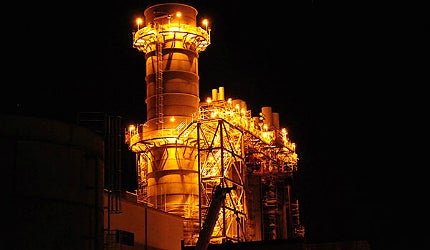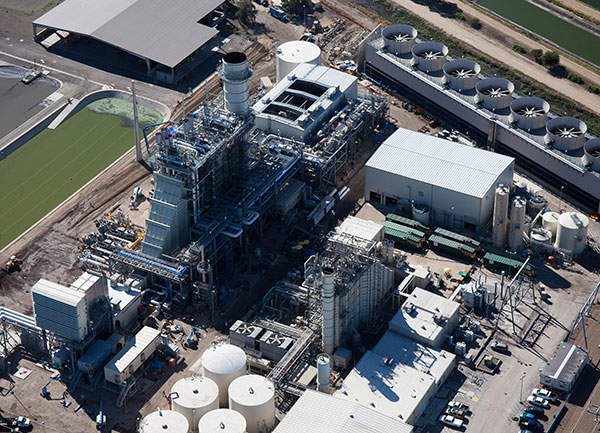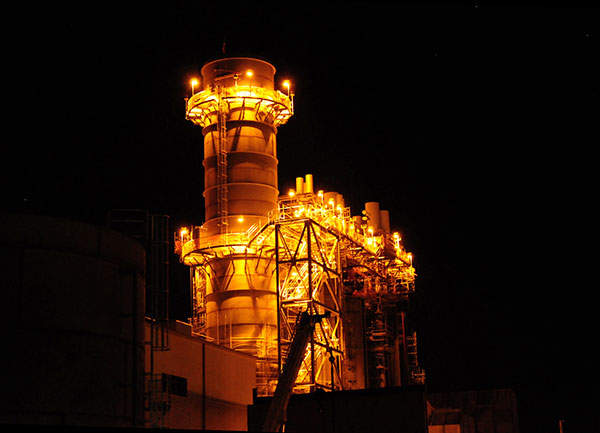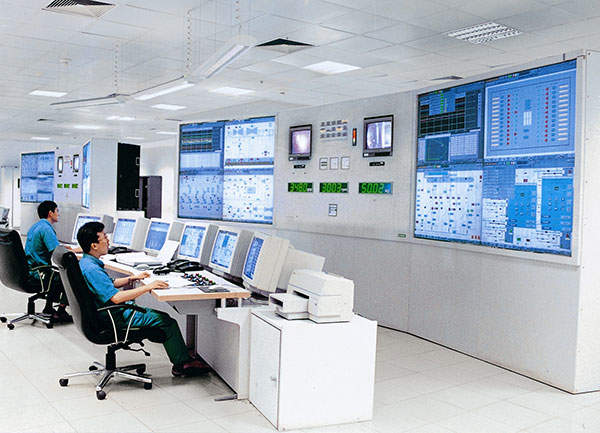
Lodi Energy Center (LEC) is a 300MW combined cycle natural gas power plant located in the state of California, US. It is located on a 4.4 acre site and is one of the cleanest and most efficient plants in the country. Construction of the $388m project started in July 2010 and was completed by August 2012.
The plant is owned and operated by the Northern California Power Agency (NCPA). The NCPA includes nine members and four public entities. Silicon Valley Power is the major partner in the LEC with a 25% interest. Investment and benefits of the plant will be shared among these members.
The plant is expected to produce 1,600,000MWh of power annually enough to power nearly 300,000 homes in California. Electricity generated will be supplied to several municipal utility communities, the San Francisco Bay Area Rapid Transit District (BART) and the California Department of Water Resources (DWR).
The project is the first of its kind in the state and is expected to serve as a model for future projects. More than 300 jobs were created during construction by the project.
Lodi Energy Center (LEC) details
The plant is equipped with one natural gas-fired combustion turbine generator, one condensing steam turbine generator, a heat recovery steam generator, a condensing steam turbine generator, a natural gas-fired auxiliary boiler and a cooling tower.
The LEC is also equipped with a Siemens SPPA-T3000 Control System, providing an efficient control platform for the plant.
The plant is located adjacent to NCPA’s existing power plants. This enabled the plant to take advantage of the existing infrastructure. A new 2.7-mile gas pipeline was laid to supply gas to the plant.
Power generated by the plant is supplied to the power grid through the existing switchyard. As a result, no new transmission lines were required to be built.
Technology at the natural gas power plant
LEC features Siemens’ patented Flex Plant 30 technology, which enables the quick start-up of the steam turbine.
This is achieved by disconnecting the gas turbine from the heat recovery steam generator and the inclusion of quick start-up features, such as Benson once-through technology, steam bypass systems, steam turbine stress controller and piping warn-up techniques.
The technology enables the plant to deliver power to the grid in less than an hour of the start-up. The plant can operate with an efficiency of 57%.
The plant provides operating flexibility and can respond to the rapidly changing power demands. This flexibility will bridge the gap between the intermittent power supply from renewable resources of energy, such as wind and solar.
Contractors involved with NCPA’s project
ARB was the general contractor for the project. Scope of work under the $99m contract included procurement, construction, installation, maintenance and operations training, commissioning, start-up and testing services.
ARB worked with several subcontractors to complete the project. The subcontractors included Granite Construction for civil work, Neutron Instrumentation for instrumentation and transformer assembly, Power Industry Consultants for start up and commissioning work, and Cupertino Electric for electrical works.
The cooling towers were built by SPX Cooling Technologies. Agate Construction was responsible for construction of the buildings that accommodate the steam turbines. Worley Parsons handled the construction work for the project.
Local environmental impact of the LEC
The power plant will help in reducing the state’s greenhouse gas (GHG) emissions. Quick start-up of the plant will reduce carbon emissions by nearly 200t per annum compared to conventional combined-cycle plants.
The plant will provide clean energy to the DWR, which currently imports coal energy from outside the state. The clean energy supplied to DWR will release 68% fewer emissions as compared to the energy supplied by the coal-fired generation. It will enable DWR reach its goal of reducing its GHG emissions by 50% by 2020.
LEC will use reclaimed water for its cooling systems further reducing its environmental impact.
Related content
Victorville Solar Power Generating Station, California, United States of America
Southern California Edison (SCE) and Stirling Energy Systems(SES) are building a huge 1,800ha (4,500ac) solar power generating station in Southern California.
Topaz Solar Farm, California, United States of America
Topaz Solar Farm is a 550MW photovoltaic (PV) solar power project being built in the east San Luis Obispo County, California.
Mojave Solar Thermal Power Facility, San Bernardino County, California
Mojave solar project (MSP) is a 250MW solar thermal power facility being built in San Bernardino County of California, in the United States.
Metcalf Energy Center, San Jose, California, United States of America
Located in San Jose, the 602MW Metcalf Energy Center is now delivering power to northern California.
CCGT for High Desert Power Project (HDPP), California, United States of America
With an output of 720MW, The High Desert Power Project (HDPP) was the first new major power plant for Southern California in more than a decade.
Alta Wind Energy Center (AWEC), California, United States of America
Alta Wind Energy Center (AWEC), also known as Mojave Wind Farm, is the second largest onshore wind energy project in the world.






